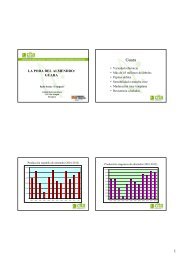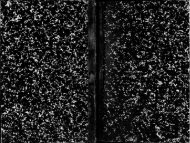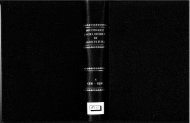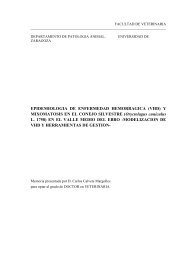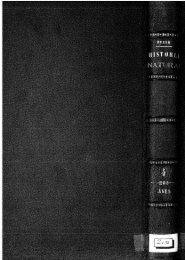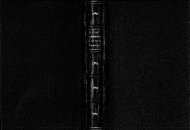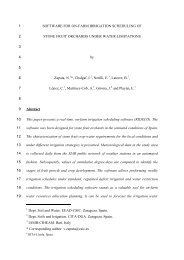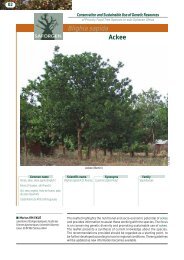1 A Recursive Dynamic Computable General Equilibrium Model For ...
1 A Recursive Dynamic Computable General Equilibrium Model For ...
1 A Recursive Dynamic Computable General Equilibrium Model For ...
Create successful ePaper yourself
Turn your PDF publications into a flip-book with our unique Google optimized e-Paper software.
household income is simply the addition of ‘on-farm’ (factor payments) and ‘off-farm’ (i.e.<br />
support payments and modulation) income sources. Thus:<br />
(i) The rental return to ‘agricultural’ capital and land, the nominal wage on<br />
agricultural labour (all valued at factor cost) plus the quota rent from milk and<br />
sugar sectors.<br />
(ii) Support payments based on the ‘subsidy wedges’ on capital (headage payments,<br />
investment aids etc), land (set–aside, area compensation etc.), intermediate<br />
inputs (seed payments, young farmers allowance, LFA payments etc.),<br />
production (direct payments on olive oil, wine etc.) and export subsidies.<br />
(iii) Modulation payments calculated on a rising scale percentage of the single farm<br />
payment.<br />
In the model, separate accounting equations are introduced to separate nominal on-farm<br />
and nominal off-farm income, which are then added together to form a total farm income<br />
aggregate. In the model, real farm income changes are calculated by deflating the nominal<br />
equations by the consumer price index. These equations are reported merely as summary<br />
statistics and therefore have no impact on the model solution.<br />
6. <strong>Recursive</strong> <strong>Dynamic</strong>s: Capital accumulation and investment allocation<br />
<strong>For</strong> the construction of medium to long run forecasts, an important drawback of the<br />
comparative static variant of ORANI is the lack of detail in determining the relationship<br />
between investment allocation and capital accumulation over time. The recursive dynamic<br />
extension of the ORANI model described here closely follows in spirit the characterisation<br />
within the MONASH model (Dixon and Rimmer, 1998). The key characteristic of a<br />
recursive dynamic model is that each solution is solved period-by-period (as opposed to an<br />
intertemporal dynamic model where results are computed simultaneously for all periods).<br />
Thus, the updated database for the current period becomes the starting point for the next<br />
period.<br />
Employing ‘stock-flow’ concepts, the underlying relationship between new<br />
investment (flow) and the existing capital stock is given by the capital accumulation<br />
function (dropping industry subscripts for simplicity):<br />
K t = I t-1 – D x K t-1 (19)<br />
where changes in the capital stock in the current period (t) are a function of changes in new<br />
investment in the previous period (It-1) less the depreciation rate (D) on existing capital<br />
stock in the previous period (Kt-1). In determining how new investment is allocated across<br />
industries, the underlying hypothesis is that investors in industry ‘i’ compare expectations<br />
33



